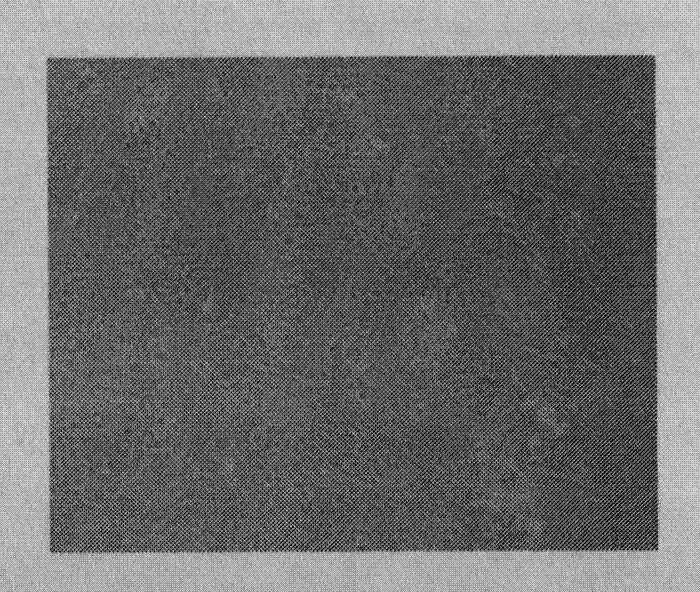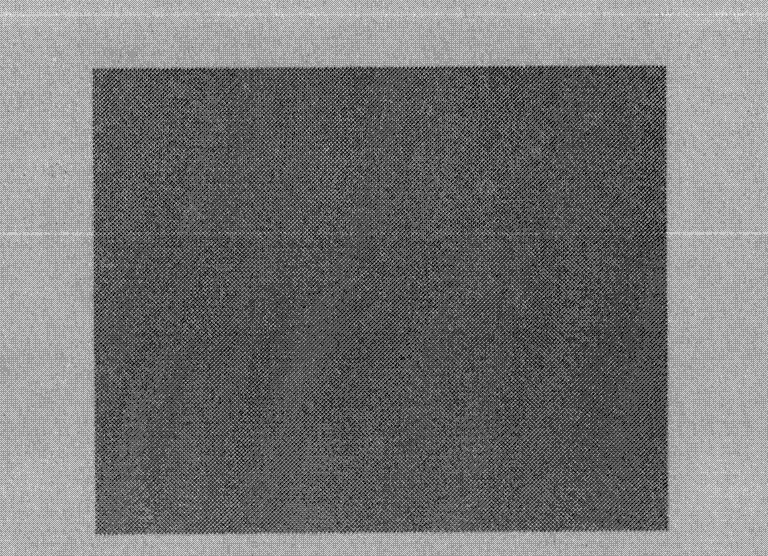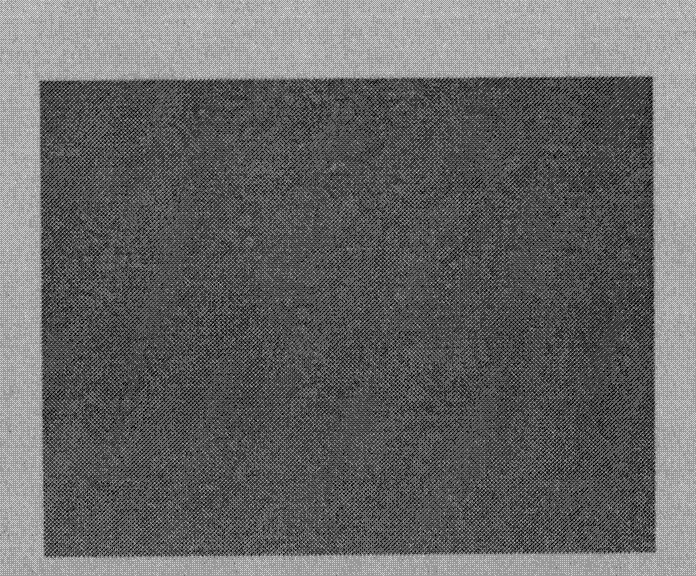Rabbit intestinal epithelial cell line and preparation method thereof
A technology for small intestinal epithelial cells and cells, which is applied in biochemical equipment and methods, animal cells, vertebrate cells, etc., can solve the problem of less research on the isolation and culture of rabbit intestinal epithelial cells.
- Summary
- Abstract
- Description
- Claims
- Application Information
AI Technical Summary
Problems solved by technology
Method used
Image
Examples
Embodiment 1
[0019] Experimental animals The Japanese white rabbits were purchased from the Experimental Animal Center of Jilin University.
[0020] Instruments and Reagents
[0021] Carbon dioxide incubator (SELECTA, Spain), inverted microscope (Olympus, Japan), ultra-clean bench (SANYO, Japan), autoclave (SANYO, Japan), blast drying oven (Shanghai Shenxian Constant Temperature Equipment Factory), 96-well cell culture plate (COSTAR) DMEM / F12 medium (GIBCO), fetal bovine serum (PAA), cytokeratin 8 monoclonal antibody, DAB color development kit purchased from Wuhan Boster Company, glutamine, trypsin All are AMRESCO products, collagenase IV, penicillin, and streptomycin are all Sigma products.
[0022] 1) Rabbit IEC isolation and culture
[0023] Newborn unbreasted rabbits were sacrificed by neck dislocation, immersed in 75% alcohol for 5 minutes, the abdominal cavity was aseptically opened, the small intestine and ileum were removed and the surrounding connective tissue was removed, washe...
Embodiment 2
[0030] Example 2 The growth curve was measured by the MTT method.
[0031] The IEC suspensions with good growth conditions were inoculated in 96-well cell culture plates at a density of 1 × 10 5 1 / mL, 200 μL per well, 6 replicates per day, continuous measurement for 7 days. Add 20 μL MTT solution to each well of the cells to be tested every day, continue to culture for 4 h, stop the culture, remove the culture medium, add 150 μL DMSO to each well and shake for 10 min, and measure OD with an enzyme-linked immunosorbent assay (ELISA) 570 value. Only the culture medium was added to the blank zero-adjusted wells, and no cells were added. See IEC growth curve Figure 7 .
Embodiment 3
[0032] Example 3 Identification of cytokeratin 8 monoclonal antibody
[0033] The cell slides were fixed in 4% paraformaldehyde for 1 h, and then rinsed three times with PBST for 5 min each. Repair with citric acid repair solution for 10min, 95°C, 3% hydrogen peroxide solution for 10min to eliminate endogenous peroxidase, block with BSA for 30min, rinse with distilled water for 3 times, 5min each time, add anti-keratin antibody Incubate for 30min. Add goat anti-mouse IgG antibody and incubate at 37°C for 30min. Then add the color developer and develop color for 10min. After each step, rinse with PBST for 3 times, 5min each time. The purified IEC was identified with cytokeratin 8 monoclonal antibody and the result was positive, see Figure 5 , the cells are arranged in brown, which shows that the obtained cells are small intestinal epithelial cells. Negative control IEC was not stained, see Image 6 .
PUM
 Login to View More
Login to View More Abstract
Description
Claims
Application Information
 Login to View More
Login to View More - R&D
- Intellectual Property
- Life Sciences
- Materials
- Tech Scout
- Unparalleled Data Quality
- Higher Quality Content
- 60% Fewer Hallucinations
Browse by: Latest US Patents, China's latest patents, Technical Efficacy Thesaurus, Application Domain, Technology Topic, Popular Technical Reports.
© 2025 PatSnap. All rights reserved.Legal|Privacy policy|Modern Slavery Act Transparency Statement|Sitemap|About US| Contact US: help@patsnap.com



